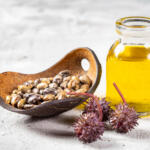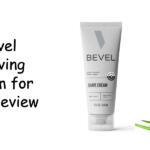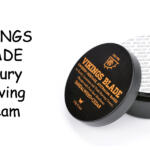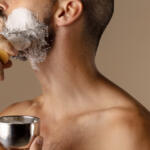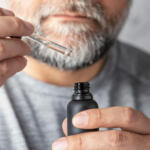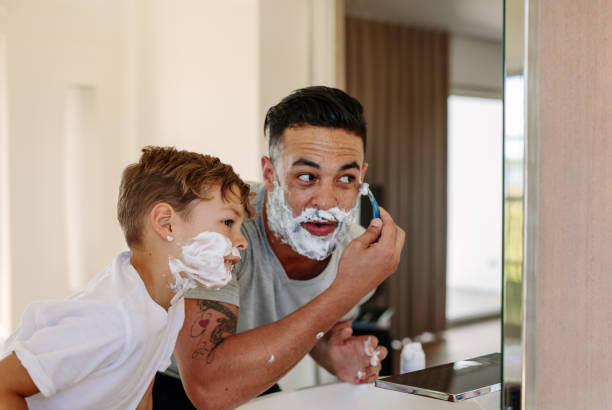
Are you curious about what would happen if you ate shaving cream? As strange as it may sound, it’s a question that gets asked quite often. This blog post will dive into the potential effects of eating shaving cream and discuss why it’s not recommended. Plus, we’ll provide some safer alternatives to try instead. Read on to find out more!
Table Of Contents
−- What Happens if You Eat Shaving Cream
- What is it in Shaving Cream?
- What Happens if You Eat Shaving Cream?
- What are the Signs and Symptoms of Shaving Cream Poisoning?
- What Should I Do If Someone Swallows Shaving Cream?
- Treatments for Eating Shaving Cream
- Prevention of Eating Shaving Cream
- Common Mistakes People Make After Eating Shaving Cream
- How Can I Help Someone Who Ate Shaving Cream?
- Tips for Keeping Children Safe From Accidentally Ingesting Shaving Cream
- Alternatives to Using Traditional Shave Creams
- Conclusion
What Happens if You Eat Shaving Cream
Eating shaving cream can be dangerous and should be avoided at all costs. Ingesting shaving cream can cause choking, vomiting, and other unpleasant symptoms like abdominal pain, nausea, dizziness, and breathing difficulties.
It won’t be deadly if you accidentally eat shaving cream, but it can cause some uncomfortable symptoms. Allergic reactions are also possible when coming into contact with shaving cream.
Eating larger amounts of shaving cream can cause severe health issues such as stomach ulcers or even toxicity in severe cases. If you accidentally swallow some shaving cream, seek medical help immediately.
What is it in Shaving Cream?
The ingredients in a shaving cream can be both beneficial and potentially poisonous. While the ingredients, such as anionic surfactants (soaps) and nonionic surfactants (soaps), are generally harmless in small doses, they can have adverse effects if ingested by children.
Other chemicals, such as propylene glycol, ethylene glycol, and butylene glycol, are largely synthetically made from petroleum byproducts and can be dangerous in larger concentrations.
Unfortunately, the top 5 selling brands in the US are all made with pesky ingredients like triethanolamine, isobutane, and fragrances that can be dangerous if not used responsibly.
Anionic Surfactants (Soaps)
Anionic surfactants, or soaps, are one of the main ingredients in shaving cream that can be potentially harmful. These surfactants reduce the surface tension between water and oil molecules, allowing the cream to foam and spread more evenly over the skin.
While anionic surfactants can be beneficial for shaving, they can also cause skin irritation and allergic reactions when used in large amounts. Pay attention to the list of ingredients on your shaving cream and opt for a product that is free from anionic surfactants if you have sensitive skin.
Additionally, it is important to note that these soaps are not very dangerous when ingested in small amounts but can still cause an upset stomach if consumed in larger amounts.
Nonionic Surfactants (Soaps)
Nonionic surfactants, such as Laureth-23 and Sodium Lauryl Sulphate (SLS), are common ingredients in shaving creams. They act as foaming agents that help build a thick, creamy lather that helps protect the skin while shaving.
Generally speaking, nonionic surfactants are considered to be safe when used in appropriate amounts. However, it is important to be aware that they can cause skin irritation and allergic reactions, especially if used in excessive amounts or combined with other ingredients that could be irritating.
Therefore, it is best to read the ingredient list on the product label before purchasing a shaving cream to make sure that it does not contain any potentially hazardous ingredients.
Aerosol Propellants
Aerosol propellants, such as isobutane and propane, are used in shaving creams to help dispense the product. Isobutane and propane are volatile gases derived from petroleum and natural gas sources. They are not considered poisonous, although some people may experience skin irritation or allergic reactions when using products containing them.
Generally, these fuels are safe to use when directions and safety instructions are followed carefully. Additionally, a risk assessment should be performed if there is any doubt about the potential health risks of using these products.
Other Chemicals
In addition to anionic and nonionic surfactants, other chemicals are often present in shaving cream. These include butylated hydroxytoluene (BHT), propylene glycol, stearic acid, ethanol, and mineral oil. BHT is a preservative and stabilizer used in many cosmetic products.
Propylene glycol is a humectant that helps to keep the skin hydrated. Stearic acid is a fatty acid used as an emulsifier and thickener. Ethanol has antiseptic properties and is used as a solvent. Mineral oil is often found in shaving creams. However, it should be avoided as it is a derivative of petroleum.
Parabens are often used for their antibacterial and antifungal properties, but there have long been concerns about their overuse in cosmetics. Studies have found they can penetrate the skin and accumulate in our bodies and the wildlife we come into contact with Paraben waste.
Studies have found parabens in breast tumors, but there’s not enough evidence to say whether they cause cancer. Parabens are also thought to affect hormone levels in the body, mimicking estrogen in the blood.
What Happens if You Eat Shaving Cream?
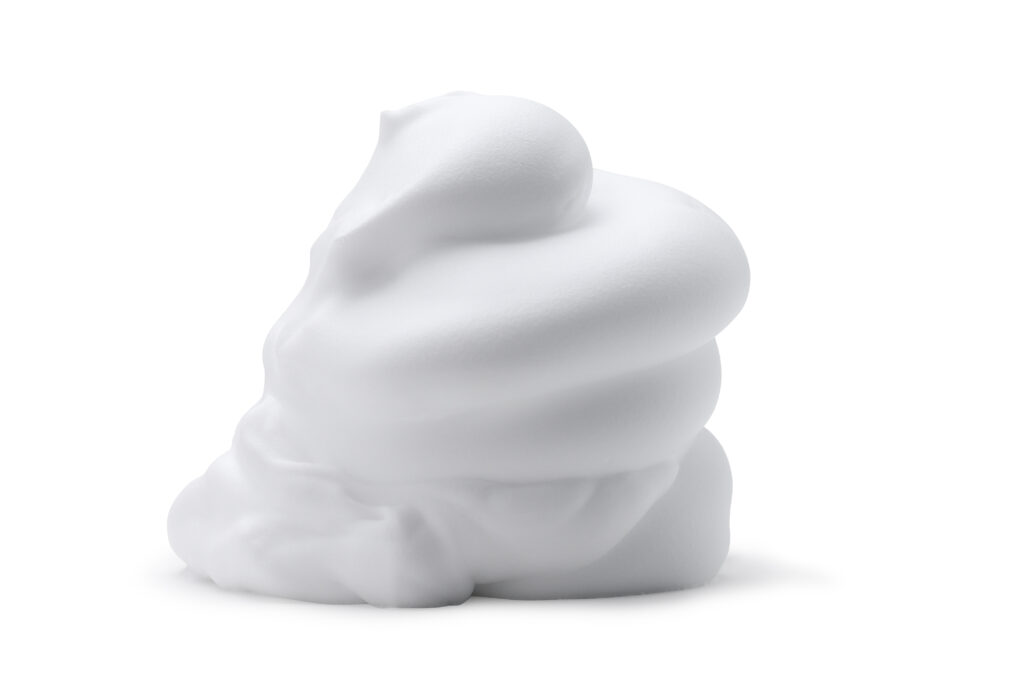
Shaving cream can be dangerous, as it contains ingredients that can cause harmful effects if swallowed. These ingredients include anionic surfactants (soaps) and nonionic surfactants (soaps)
The Dangers of Eating Shaving Cream
The dangers of eating shaving cream are real and should not be taken lightly. Shaving cream can cause various short-term and long-term health risks, including nausea, vomiting, diarrhea, abdominal pain, and allergic reactions. It is important to note that shaving cream can also lead to more serious health issues, such as chemical burns in the mouth and throat if it contains certain chemicals.
Additionally, swallowing shaving cream can lead to choking if inhaled into the lungs. Swallowing large amounts of shaving cream can also obstruct the digestive system. Everyone needs to be aware of these potential risks so that they can take proper precautions when using shaving cream.
Short-term and Long-term Effects of Eating Shaving Cream
The short-term and long-term effects of eating shaving cream can vary depending on the amount ingested. Most people will experience small amounts of nausea, vomiting, and mild stomach discomfort.
People with allergies to any of the ingredients in shaving cream are more likely to experience more severe reactions. Allergic reactions can manifest as skin irritation, eye irritation, and pain. If shaving cream gets into the eyes, it can cause blurred vision and discomfort as well as irritation and pain.
Long-term exposure to shaving cream can cause more serious health problems, such as liver or kidney damage. It is a soap-based product that can cause skin irritation and rashes. It is important to seek medical advice if someone swallows shaving cream, as the symptoms may not be immediately apparent.
What are the Signs and Symptoms of Shaving Cream Poisoning?
Shaving cream poisoning is a serious medical issue that can occur when someone swallows or inhales the chemicals in most shaving creams. Symptoms of poisoning can be mild or severe, depending on the exposure and the individual’s sensitivity to the product.
Common signs and symptoms include
- burning in the mouth, throat, and eyes; coughing; wheezing; chest tightness; rash; nausea; vomiting; abdominal pain; dizziness; and confusion.
Symptoms of an allergic reaction include itching, swelling, nausea, vomiting, and difficulty breathing. If you experience any symptoms after consuming shaving cream, seek medical attention immediately.
Additionally, some chemicals used in shaving creams, such as triethanolamine stearate and triethanolamine, may be mild skin irritants or cause respiratory issues when inhaled. Therefore, if you eat shaving cream, drink plenty of fluids to help flush the chemicals out of your body before they can cause any harm.
What Should I Do If Someone Swallows Shaving Cream?
If someone swallows shaving cream, it is important to seek medical attention immediately. A doctor may be able to advise on the best course of treatment, depending on the amount swallowed, the ingredients in the shaving cream, and the person’s age, weight, and health status.
Sometimes, a doctor may recommend activated charcoal or gastric lavage to help remove the substance from the body. If a child has swallowed shaving cream, they may require close monitoring in the hospital to make sure their body is responding appropriately.
It is also important to contact Poison Control right away for further advice. Free, expert help is available online and by phone, 24/7. It is important to be aware of any signs or symptoms of poisoning after someone has swallowed shaving cream and to seek medical advice if these should occur.
First Aid for Swallowing Shaving Cream
If the person is conscious and not having difficulty breathing, it may be helpful to drink a glass of water or milk. Monitor for symptoms such as stomach pain, vomiting, and difficulty breathing. If the person experiences any of these symptoms or becomes unconscious, call 911 or your local emergency services immediately.
Do not induce vomiting unless a poison control center or medical professional advises. In addition to seeking medical attention, it is important to avoid eating shaving cream in the future as it can be dangerous and cause long-term health complications.
Treatments for Eating Shaving Cream
If you have eaten shaving cream, seek immediate medical attention. Even though the ingredients in shaving cream are not usually poisonous, they can cause serious side effects such as nausea, abdominal pain, and muscle cramping if ingested. Sometimes, it may cause an allergic reaction or other severe symptoms.
Upon arriving at the hospital or clinic, the doctor will assess your symptoms and determine the best treatment. This may include inducing vomiting to help expel any of the creams that are still in your stomach. You will also be given activated charcoal to help reduce any absorption of toxins from the product into your body.
Additionally, depending on what type of shaving cream you consumed and any associated symptoms, you may receive an IV fluids solution to help flush out the product from your system and reduce dehydration caused by vomiting.
After this initial assessment, other treatments may include monitoring vital signs such as temperature and pulse rate; providing oxygen in cases where breathing has been affected; administering medications to alleviate nausea and vomiting; and providing supportive care until the person’s condition improves.
Once you are discharged from medical care, steps must be taken to prevent a similar incident in the future, including keeping all toiletries out of reach of children.
Suppose anyone else has been exposed to shaving cream. In that case, they must receive medical attention as soon as possible so their condition can be monitored closely for any negative effects from their exposure. If you have any further questions, please don’t hesitate to ask.
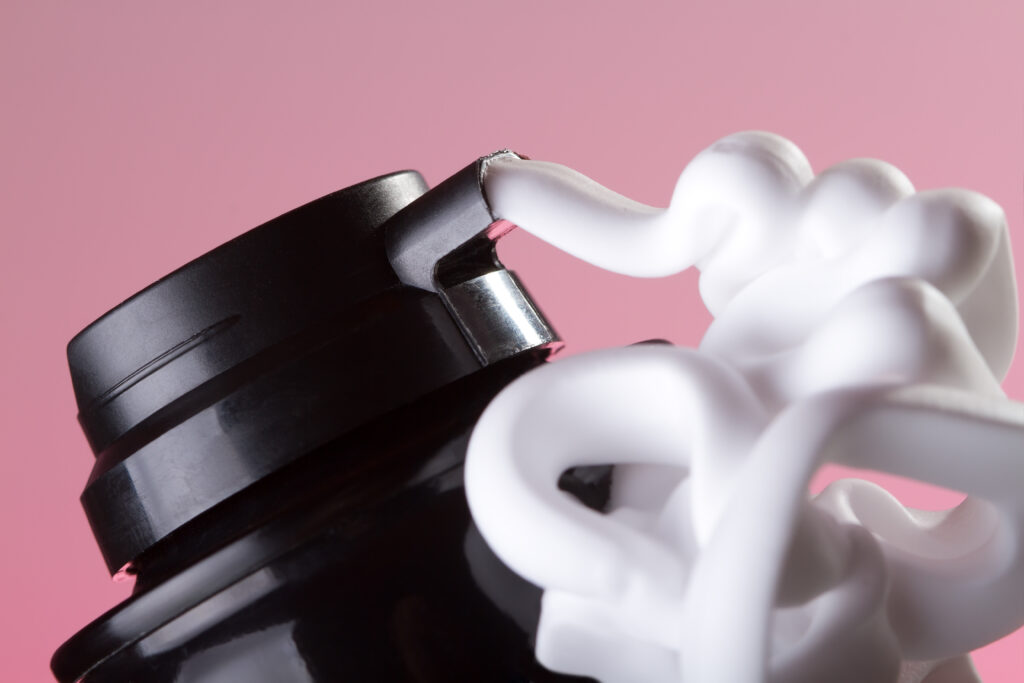
Prevention of Eating Shaving Cream
Eating shaving cream can be dangerous, as it may contain ingredients that can have harmful effects. The best way to prevent eating shaving cream is to keep it out of reach of children and pets and to make sure that it is properly stored away from food items.
It is also important to read all labels before using any potentially poisonous product. If a person accidentally ingests shaving cream, seek medical help immediately.
Common Mistakes People Make After Eating Shaving Cream
Eating shaving cream is a mistake many people make and can have serious consequences. If you’ve eaten shaving cream, it’s important to be aware of the potential risks and take steps to mitigate them. Here are some common mistakes people make after eating shaving cream and how to avoid them:
- Not seeking medical attention: Eating shaving cream can be dangerous if not treated immediately. Shaving creams often contain chemicals such as lanolin, glycerin, and other skin irritants that can irritate the digestive tract leading to abdominal pain, nausea, vomiting, and diarrhea. It’s important to seek medical attention immediately if you experience these symptoms after eating shaving cream.
- Not thoroughly washing your hands: It’s important to wash your hands after handling or consuming chemicals or skin irritants because they can easily be transferred onto other surfaces, like food or beverages. Make sure to use soap and water when washing your hands to remove any residue from the product you ate completely.
- Not rinsing out your mouth: Rinsing out your mouth with water is also an important step in minimizing the effects of eating a potentially hazardous product like shaving cream, which contains chemicals that can cause damage if swallowed directly into the stomach without being diluted by saliva first. Make sure you fully rinse out your mouth with water before drinking anything else after consuming something potentially hazardous, like shaving cream, to reduce your risk.
How Can I Help Someone Who Ate Shaving Cream?
If someone has ingested shaving cream, it is important to seek medical attention as soon as possible. Even though shaving cream may not contain any toxic ingredients, it can still cause irritation and other uncomfortable symptoms in the throat and stomach when consumed.
If the person swallowed shaving cream, give them water or milk immediately unless a provider tells them not to. This will help dilute the substance and make it easier for them to pass through their system safely. You should also monitor for any symptoms that indicate difficulty in swallowing or nausea, which may indicate a more serious reaction.
In addition to medical attention, there are several things you can do to help someone who ate shaving cream:
- Stay with them until they receive medical treatment.
- Reassure them that they will be ok; most reactions are mild and temporary.
- Offer bland food items like crackers or toast if they have an appetite.
- Keep track of their symptoms so you can provide this information to their doctor if needed.
- Encourage them to drink plenty of fluids such as water or juice to prevent dehydration from vomiting and diarrhea associated with allergic reactions.
Tips for Keeping Children Safe From Accidentally Ingesting Shaving Cream
Shaving cream can be hazardous if ingested, so it’s important to keep it out of reach of children. If a child accidentally eats shaving cream, they may experience nausea, abdominal pain, and muscle cramping. To help prevent this from happening, here are some tips for keeping children safe:
- Store shaving cream in a locked cabinet or drawer away from children.
- Always read the labels on shaving products and make sure to use only products labeled as safe for adults.
- Supervise small children when using any grooming product, such as shaving cream, to ensure they don’t accidentally ingest it.
- Teach your children about the dangers of ingesting any grooming product and how to identify them so they know what not to touch or eat.
- Keep all grooming products out of reach from pets since animals may also try to lick or eat them if left unattended.
By following these tips, you can help ensure your children stay safe from any accidental ingestion of shaving cream or other grooming products.
Alternatives to Using Traditional Shave Creams
Fortunately, there are alternatives to using traditional shave creams that are not only safer but also beneficial for skin health. These alternatives include using hair conditioner, body soap, olive oil, and even water to get a close shave without using potentially harmful chemicals found in most shaving creams.
Olive oil is especially helpful as it acts as a moisturizer while providing lubrication for razor blades so that they glide smoothly over the skin without irritation or cuts. Other oils, such as coconut and jojoba oil, can provide similar benefits when shaving.
Using these natural alternatives can help keep your skin healthy and free from any side effects of traditional shaving creams.
Conclusion
If you eat shaving cream, it can be dangerous and cause various difficulties. Swallowed shaving cream can result in symptoms such as unusual bowel activity, red, itchy, bumpy, or swollen skin, and other harmful side effects from the chemicals in some aerosol varieties.
If someone has ingested shaving cream, give them water or milk immediately unless a provider tells you otherwise. To avoid any risks associated with eating shaving cream, it is best to avoid ingesting it altogether.
Last update on 2024-04-18 / Affiliate links / Images from Amazon Product Advertising API
Affiliate Disclosure: This post contains affiliate links, which means I may receive a small commission, at no extra cost to you, if you make a purchase using these links.

Jay Kang
Just because i'm asian does not mean I don't need shaving. I always wanted to grow a beard when I was young, now I need to shave because hair growth for me is a problem. I'm going through what every man will and has gone through before.

